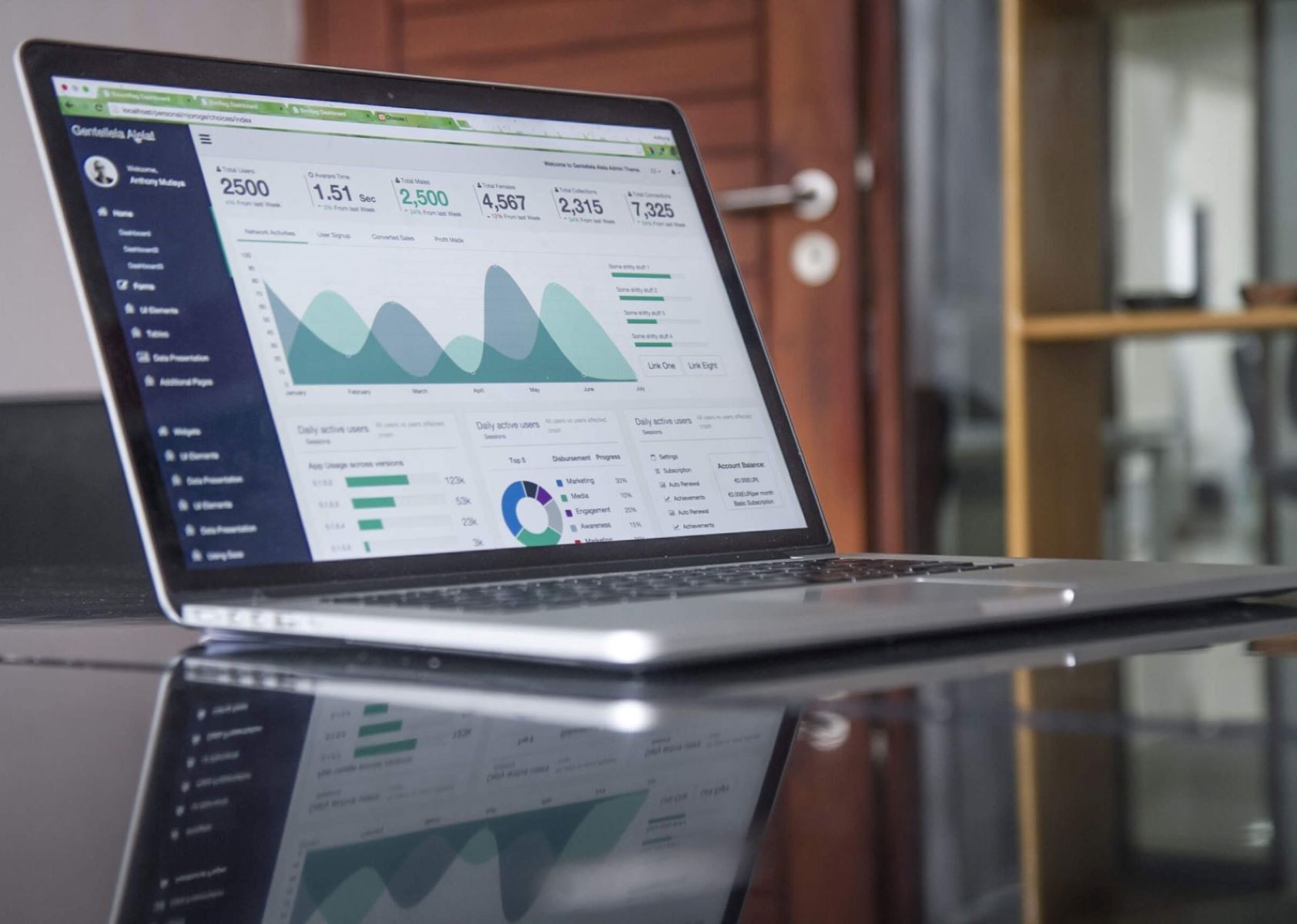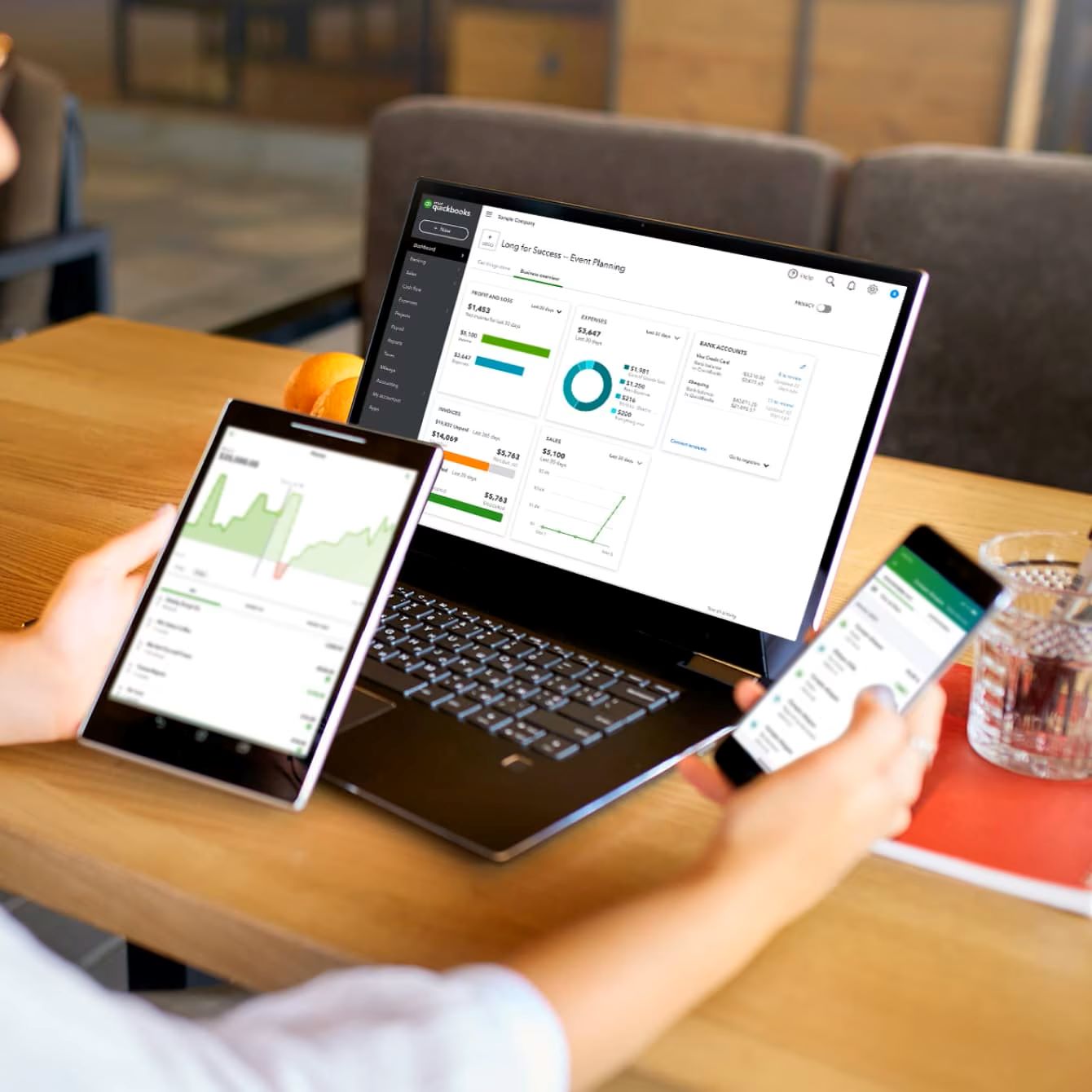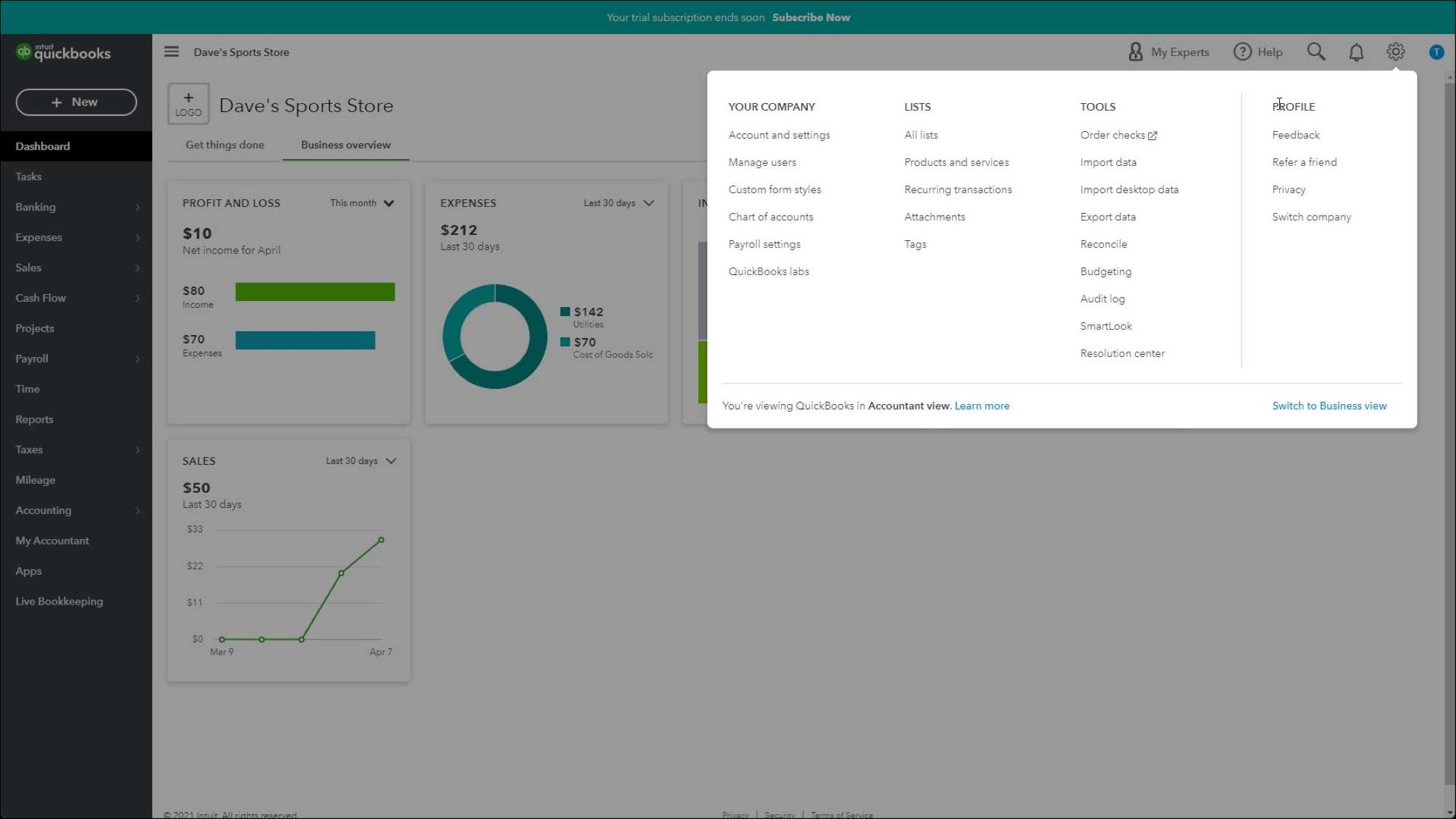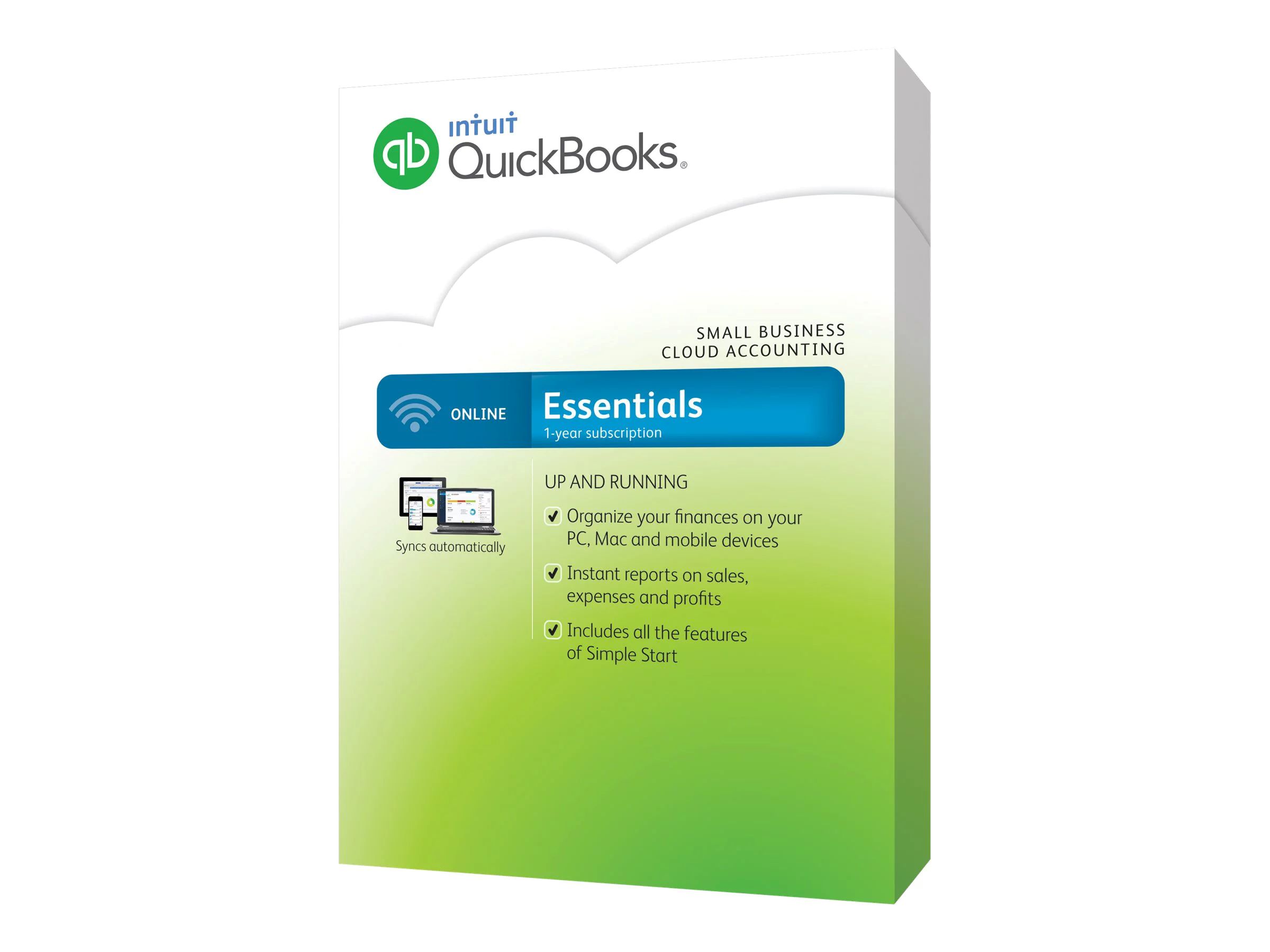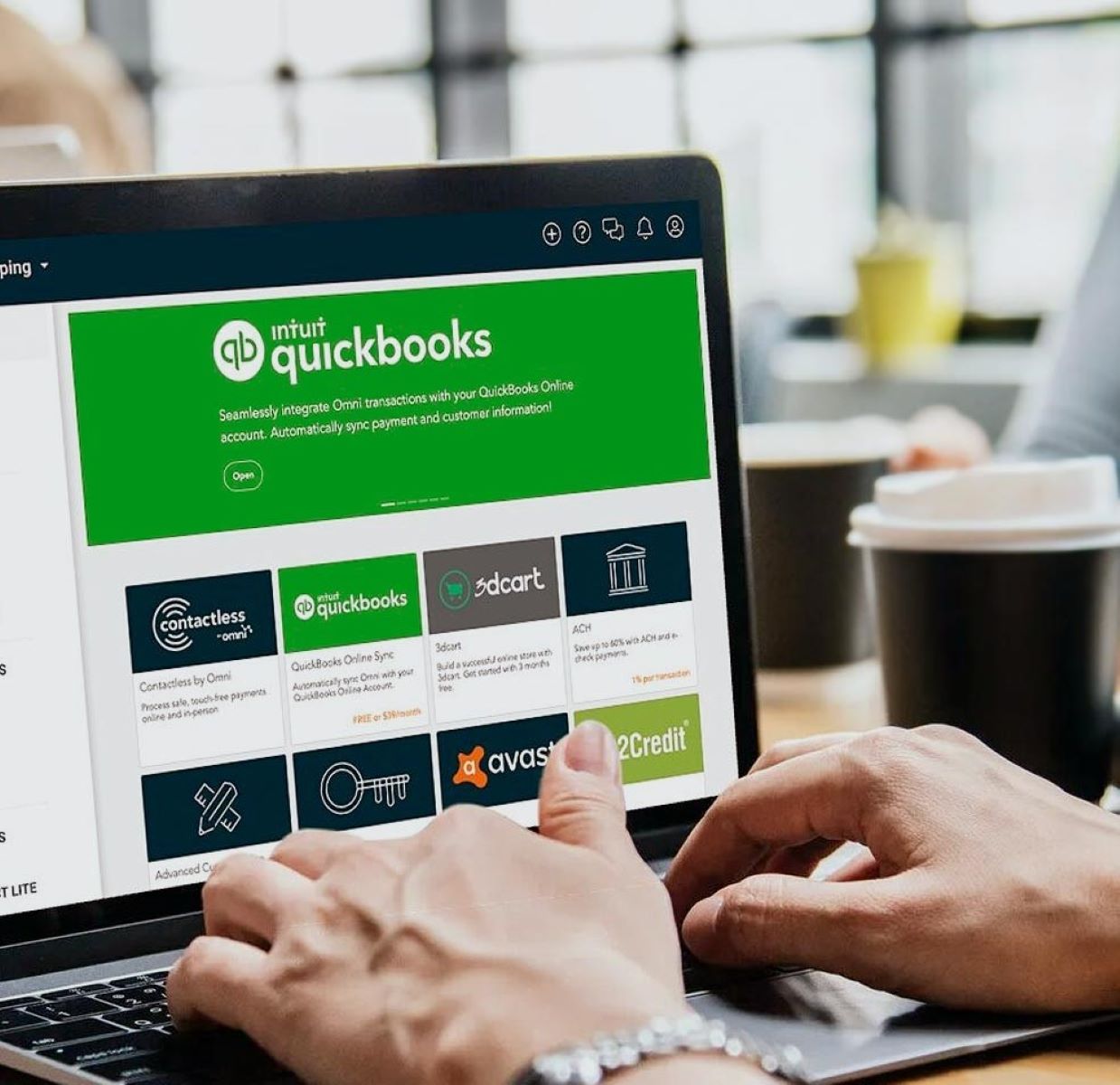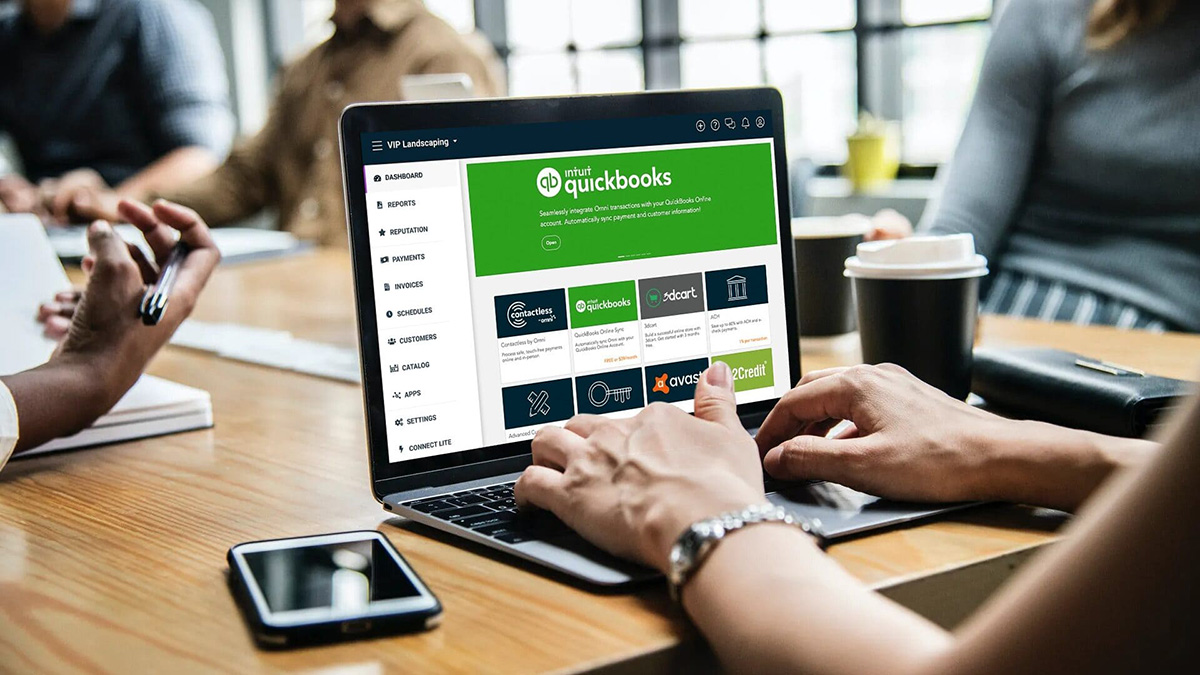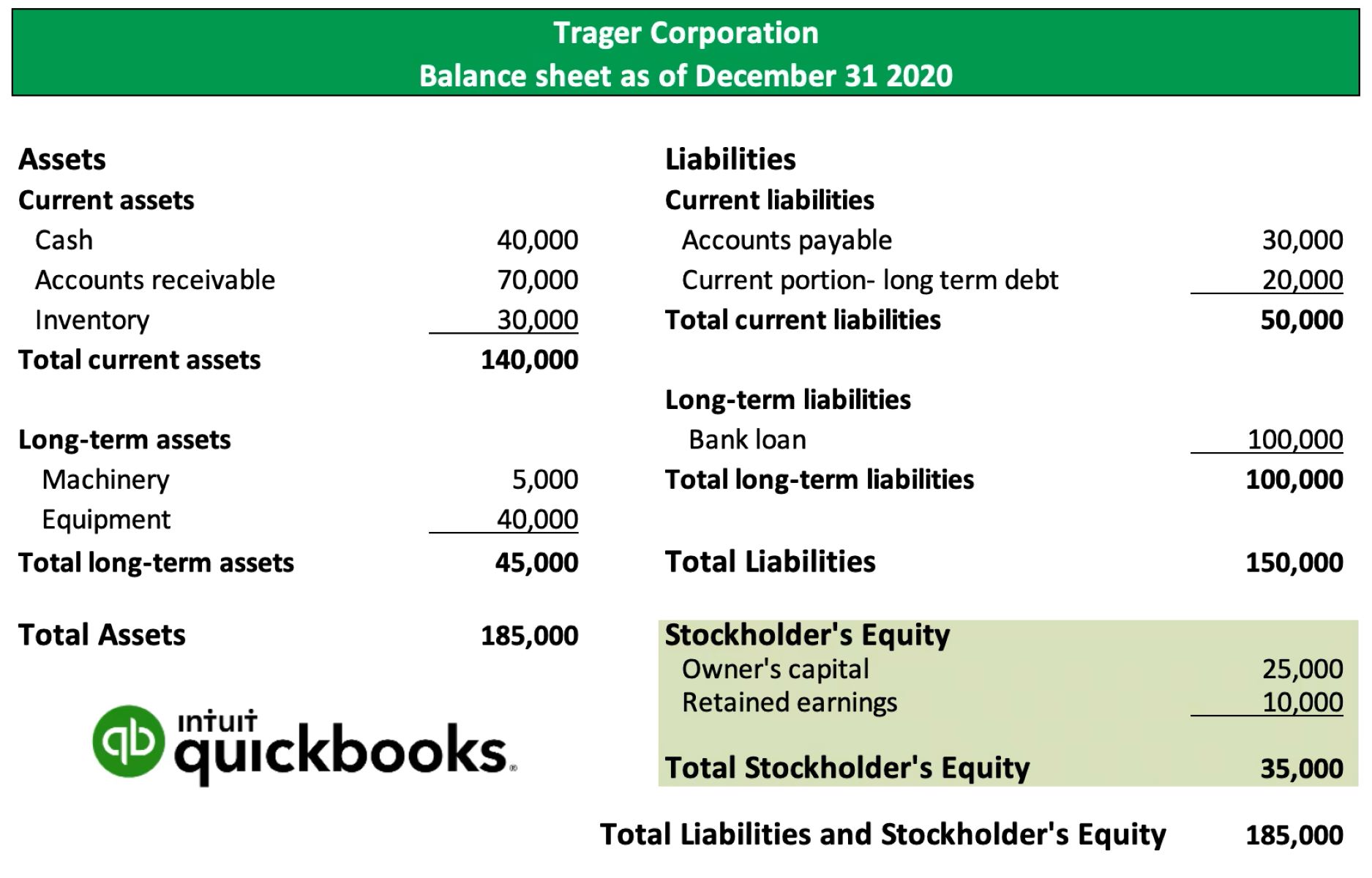Introduction
When it comes to managing finances and tracking expenses, QuickBooks is a widely-used and trusted software among businesses of all sizes. One key aspect of financial management is tracking and recording billable expenses, which are costs incurred on behalf of a client or customer that can be reimbursed or billed back to them.
In this article, we will explore the concept of billable expense income in QuickBooks and how to effectively manage it. Understanding how to set up billable expense income, record expenses, generate invoices, and track billable expense income within QuickBooks is essential for accurate financial management and ensuring that you are properly reimbursed for expenses.
Properly managing billable expense income not only ensures that you are accurately tracking the costs associated with a project or client, but it also helps in maintaining transparency and professionalism in your business transactions. Additionally, by utilizing QuickBooks’ features for billable expense income, you can streamline your billing process and improve overall efficiency.
Throughout this article, we will provide step-by-step instructions on how to set up and utilize the billable expense income feature in QuickBooks. We will also discuss the importance of tracking billable expense income and how it can benefit your business. By the end of this article, you will have a clear understanding of how to effectively manage billable expenses using QuickBooks, allowing you to streamline your financial operations and improve your bottom line.
Definition of Billable Expense Income
Before diving into the specifics of managing billable expense income in QuickBooks, it is important to understand what exactly it encompasses. Billable expense income refers to the expenses incurred on behalf of a client or customer that can be billed back to them. These expenses may include items such as travel costs, materials and supplies, subcontractor fees, or any other expenses directly related to a project or service provided.
When a business incurs billable expenses, they have the option to pass on these expenses to their clients or customers by marking them as billable. This means that the business will be reimbursed for these expenses, either by including them in an invoice or by billing the client separately. By properly tracking and recording billable expenses, businesses can ensure that they are accurately reimbursed and can avoid any financial losses associated with project-related costs.
One of the key benefits of using billable expense income in QuickBooks is the ability to easily differentiate between regular expenses and billable expenses. By properly categorizing and tracking billable expenses, you can generate detailed reports that clearly show how much each client owes for the expenses incurred on their projects or services.
Additionally, QuickBooks allows you to apply different markup rates to billable expenses, meaning that you can charge your clients a higher rate than what you actually paid for the expenses. This allows your business to earn a profit from billable expenses and helps cover any additional costs and overhead.
In the next section, we will explore how to set up billable expense income in QuickBooks so that you can start properly tracking and billing your expenses.
How to Set Up Billable Expense Income in QuickBooks
Setting up billable expense income in QuickBooks is a straightforward process that allows you to accurately track and bill expenses incurred on behalf of your clients or customers. Follow the steps below to get started:
- Open QuickBooks and navigate to the “Settings” or “Preferences” menu, depending on your version of QuickBooks.
- Select the “Billable Expenses” or “Expenses” option from the menu.
- Enable the “Track Expenses and Items by Customer” option. This ensures that you can assign billable expenses to specific clients or customers.
- Choose whether you want to apply a markup rate to your billable expenses. If you wish to charge your clients a higher rate than what you paid, enable the “Markup” feature and set the desired percentage.
- Save your settings and exit the preferences menu.
With these settings configured, you are now ready to start recording your billable expenses in QuickBooks.
In the next section, we will explore how to record billable expenses in QuickBooks, so you can keep track of project-related costs accurately.
Recording Billable Expenses
Recording billable expenses in QuickBooks is a crucial step in accurately tracking project-related costs and ensuring that you can properly bill your clients or customers. To record billable expenses, follow the steps below:
- Open QuickBooks and navigate to the “Expenses” menu.
- Select the specific expense that you want to mark as billable.
- In the expense information window, select the customer or client associated with the expense from the “Customer” field.
- Enable the “Billable” checkbox to indicate that the expense should be billed to the customer.
- If applicable, specify the markup rate that you want to apply to the expense. This will determine the amount you will bill the customer for the expense.
- Save the expense entry.
By consistently recording your billable expenses in QuickBooks, you can easily keep track of costs associated with specific projects or clients. This allows you to generate detailed reports, showing the total amount owed by each customer or client for the billable expenses incurred.
Now that you know how to record billable expenses, let’s move on to the next step – generating invoices for billable expense income.
Generating Invoices for Billable Expense Income
Once you have recorded billable expenses in QuickBooks, the next step is to generate invoices for billable expense income. This allows you to bill your clients or customers for the expenses incurred on their behalf. Follow the steps below to generate invoices for billable expense income:
- Navigate to the “Invoices” menu in QuickBooks.
- Create a new invoice or select an existing invoice for the customer or client you want to bill.
- In the invoice form, select the billable expenses that you want to include in the invoice. QuickBooks will automatically populate the expense details based on your recorded billable expenses. You can choose to include all billable expenses or select specific ones.
- Verify the expense amounts and adjust them if necessary. QuickBooks will automatically calculate the total invoice amount based on the selected billable expenses and any markup applied.
- Customize the invoice as needed, adding any additional information, such as payment terms or a personalized message.
- Save the invoice and send it to the customer or client.
By generating invoices for billable expense income, you can provide a clear breakdown of the expenses incurred on behalf of the customer or client and ensure transparency in your billing process. QuickBooks makes it easy to create professional-looking invoices, helping you maintain a professional image and streamline your financial operations.
In the next section, we will explore the importance of tracking billable expense income and how it can benefit your business.
Tracking Billable Expense Income
Tracking billable expense income in QuickBooks is essential for maintaining accurate financial records and ensuring that you are properly reimbursed for the expenses incurred on behalf of your clients or customers. By effectively tracking billable expense income, you can stay on top of your project-related costs and easily generate reports to monitor the financial health of your business.
QuickBooks offers various features and tools to help you track billable expense income efficiently:
- Customer Balance Summary: This report provides a summary of the total billable expense income for each customer or client, making it easy to see how much is owed for the expenses incurred on their behalf.
- Profit and Loss by Customer: This report allows you to track the profitability of each customer or client, including the billable expense income associated with their projects.
- Transaction List by Customer: This report provides a detailed breakdown of all transactions, including billable expense income, for each customer or client.
- Job or Project Reports: These reports allow you to track billable expense income on a project or job basis, providing insights into the profitability and budgeting of individual projects.
By regularly reviewing these reports and tracking billable expense income, you can make informed decisions about your pricing, project management, and client relationships. It allows you to ensure that you are being properly reimbursed for project-related costs and helps you identify any areas where you can improve efficiency and profitability.
Now that you understand the importance of tracking billable expense income, let’s move on to the final section – reporting on billable expense income in QuickBooks.
Reporting on Billable Expense Income
Reporting on billable expense income in QuickBooks allows you to gain valuable insights into the financial performance of your business, track client billing and reimbursements, and make informed decisions for future projects. QuickBooks offers a range of reporting options that can help you effectively analyze and manage your billable expense income. Let’s explore some of these reporting features:
- Profit and Loss Report: This report provides an overview of your business’s income, expenses, and overall profitability. You can customize the report to include billable expense income, enabling you to get a comprehensive understanding of how these expenses impact your bottom line.
- Customer Income Reports: These reports allow you to view the income generated from specific customers or clients, including the billable expense income associated with their projects. By analyzing these reports, you can identify your most profitable clients and track the revenue earned from billable expenses.
- Job Costing Reports: Job costing reports provide detailed insights into the costs and profitability of individual projects or jobs. By including billable expense income in these reports, you can determine the overall financial performance of specific projects and ensure that you are effectively managing project-related expenses.
- Accounting Reports: QuickBooks offers various accounting reports that can be customized to include billable expense income. These reports provide in-depth financial analysis, helping you track your business’s financial health and make informed decisions based on accurate data.
By utilizing these reporting features, you can gain a comprehensive understanding of your billable expense income, identify any discrepancies or trends, and make informed decisions to optimize your business’s financial performance. Regularly reviewing these reports will allow you to stay on top of your billable expense income, ensure accurate billing, and maintain financial transparency with your clients or customers.
Now that you have a deeper understanding of how to report on billable expense income in QuickBooks, you are equipped with the knowledge to streamline your financial management and make data-driven decisions to drive your business forward.
Conclusion
Properly managing billable expense income in QuickBooks is crucial for accurate financial tracking, transparent client billing, and overall business success. By understanding how to set up billable expense income, record expenses, generate invoices, track income, and utilize reporting features in QuickBooks, you can streamline your financial operations and ensure that you are properly reimbursed for project-related costs.
Setting up billable expense income in QuickBooks is a simple process that involves configuring the necessary settings to track expenses and assign them to specific clients or customers. By enabling the billable expense income feature, you can easily differentiate between regular expenses and billable expenses, apply markup rates, and generate detailed reports showing the total amount owed by each client or customer.
Recording billable expenses in QuickBooks allows you to accurately track and categorize project-related costs. By specifying expense details, associating expenses with the appropriate client or customer, and marking them as billable, you can easily keep track of billable expenses and ensure proper reimbursement.
Generating invoices for billable expense income is a vital step in billing your clients or customers for the expenses incurred on their behalf. QuickBooks makes it easy to include billable expenses in invoices, customize them with relevant details, and send them to the appropriate recipients. This process ensures clarity and professionalism in your billing practices.
Tracking billable expense income within QuickBooks is essential for maintaining accurate financial records and monitoring the financial health of your business. By utilizing the various tracking and reporting features offered by QuickBooks, you can gain valuable insights into your billable expense income, track client payments, and make informed decisions for future projects.
In conclusion, by effectively managing billable expenses in QuickBooks, you can streamline your financial processes, ensure accurate reimbursement, maintain transparency with clients, and optimize your business’s financial performance. By following the steps outlined in this article and utilizing the features provided by QuickBooks, you can take control of your billable expense income and contribute to the overall success of your business.







